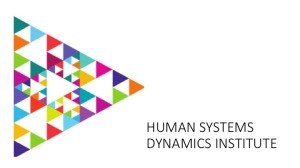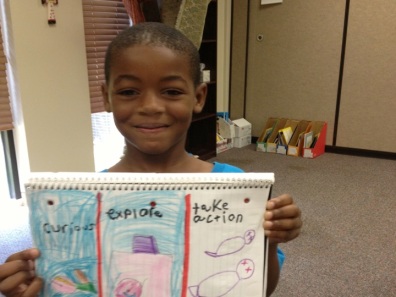 Note: This 2014 post has been updated to address recent challenges. We posted the update in August, 2021.
Note: This 2014 post has been updated to address recent challenges. We posted the update in August, 2021.
If we have learned anything since 2019, it is that the future is not certain. Weather forecasters make general predictions based on past trends and current conditions, but weather is complex and unpredictable. No one can determine precisely when and where the next flood will happen. Epidemiologists can track the spread of disease, but no one can precisely predict a pandemic’s path.
We try to plan a safe and fulfilling future, but life is unpredictable.
This has always been true. Human beings have survived precisely because they have learned to cope with the unexpected. Human beings learn from experience. They generate new responses, new tools, and new strategies to deal with changing realities. In fact, most of us thrive on some level of uncertainty. The unpredicted twist transforms a story into a joke; the unpredicted risk transforms a journey into an adventure. If our lives are basically safe and secure, we relish a bit of unpredictability that brings excitement, joy, and (if we navigate that uncertainty with success), a feeling of accomplishment.
What Is the Challenge?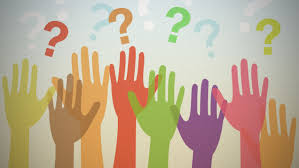
Today, however, uncertainties overwhelm us on many levels. What were mere challenges last year are threats today. Communication and technology advances that promised to make our lives better now threaten our health, safety, and political stability. We don’t feel safe in our homes and in our communities. We don’t know whether we will continue to be able to earn a living or access medical care. We feel that our cultures, our languages, our ways of life are at risk. We don’t have confidence in our leaders to handle social and political challenges.
The most immediate threat for most of us is COVID 19. The most critical threat of all is, of course, the rapidly accelerating climate change that threatens the very future of the planet.
But we are educators. We are not only responsible for ourselves and our families, but we have the opportunity and obligation to set conditions for children and young adults to step into this uncertain world, to navigate the challenges and to find ways to thrive. How can we learn from one another what works and what doesn’t seem to work as we prepare our students for this changing world?
Turn Problems into Patterns
Last summer (2020), heard a story from Kim, a
How Do Teachers Respond to the Challenge?
As practitioners and researchers, we have experience that can frame our investigation into these questions about the uncertainties our students face. Collectively, we have a sense about the kinds of learning experiences that can prepare students to face the unknown. Many progressive educators from around the world have been doing this work for many, many years.
For the most part, however, these are initiatives focused on particular populations, particular content areas, or particular contexts. Some are more widely networked than others, but, in terms of global influence, … might call these “pockets of excellence.” Here is a list of a few of many such initiatives:
- Montessori education
- Writing/reading process approaches, like those advocated by National Writing Project
- Project Based Learning
- Connected Learning
- Reading Recovery
- Holocaust Education Network
So What Do We Know about Generative Teaching and Learning?
We know that human beings are complex adaptive systems.What does that mean?
In a complex adaptive system, the elements or participants join in interdependent interactions, sometimes, but not always, with shared tasks or goals. From these self-organizing interactions, patterns emerge—patterns of meaning, behavior, and language. Over time, some of those patterns sustain the system and become more pronounced or amplified. As that happens, those patterns, in turn, begin to shape or constrain the interactions among the elements or participants. Here is a simple diagram that represents how this pattern forming cycle has generated those uncertain and threatening patterns we mentioned earlier.
These systems are essentially open to new ideas and influences. They are diverse because they are made up of different elements or participants. They are interdependent because each interaction can influence those close to it. And the interactions are nonlinear, which means each interaction changes the system, and the next interaction changes it even more. We can never run time backward because each moment has essentially changed the system.
The only way we know to navigate within these complex systems is to be aware of the interactions around us, notice and name the patterns that we sense are most relevant and influential, and take action that is most likely to tweak the conditions that generate those patterns. We watch the patterns to see whether they will shift. If they shift in a useful way, we try to sustain the new pattern. If it doesn’t shift, we try other actions. We call this Adaptive Action.
Adaptive Action is essentially a learning process. Learning is about our ongoing engagement in this process– noticing the patterns aroound us, making sense of them, and taking action to shift those patterns in an appropriate way—a way that fits what the system needs. Or framing new questions that can help us gather more information and see the patterns around us in a more useful way.
This is “generative learning.” We use the word “generative” because it communicates a sense of growth, adaptation, creativity, and possibility. They ask insightful questions. They problem-solve. They can come up with creative ways to deal with challenges. They are aware of the world around them and strive to support other.
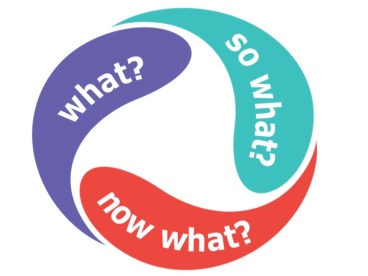
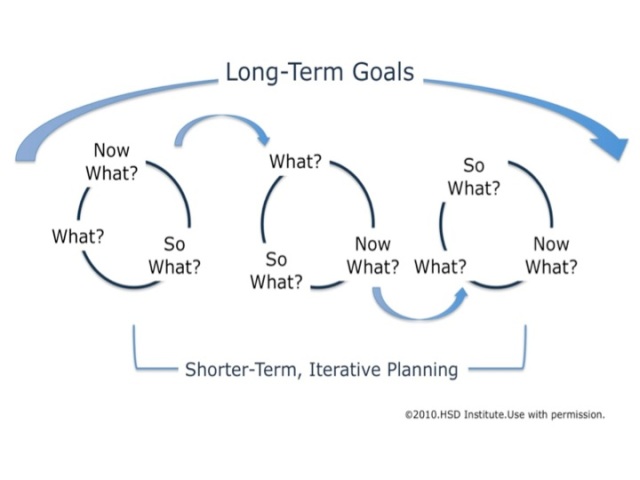
Generative teachers and learners know that human systems are open, diverse, and unpredictable. They know (and continue to learn more) about how complex systems work as a spiraling process involving inquiry, reflection, and action.
In other words, generative teachers and learners can deal with uncertainty.
Now What Shall We Do?
We are confident that thoughtful and compassionate teachers around the world are already setting conditions to help their students—tomorrow’s citizens—build the capacity for dealing with unpredictable and frightening realities. How can we learn from those teachers and spread their insights to others who deal every day with similar challenges?
Here are four questions that we are inviting you to answer. Please comment below to share your response with colleagues.
- What are some of the most urgent or troubling uncertainties facing your students—now or as they enter adulthood?
- Is one of these more urgent or troubling than the others? Can describe or explain more about it?
- What do you do to set conditions to help your students prepare for these uncertainties?
- Can you tell a story related to such an experience with one or more of your students?
